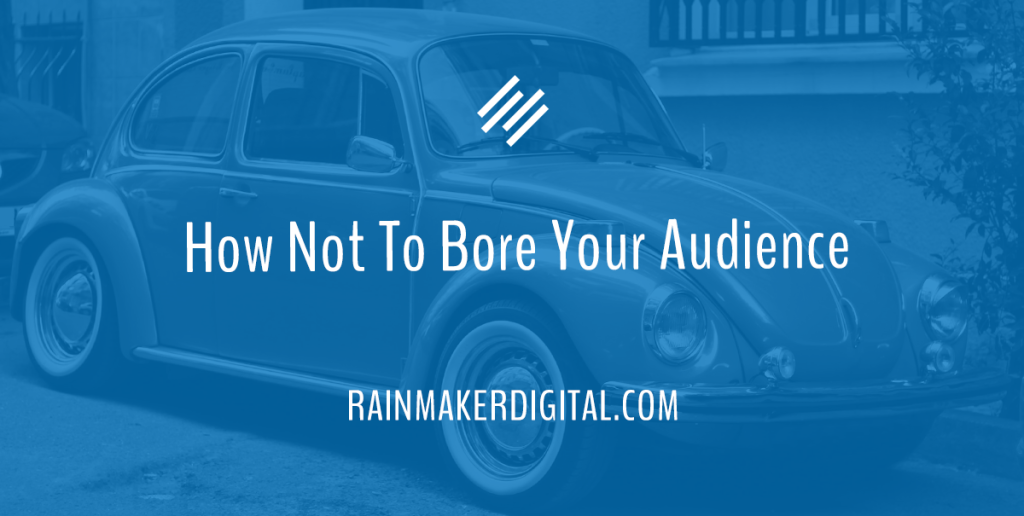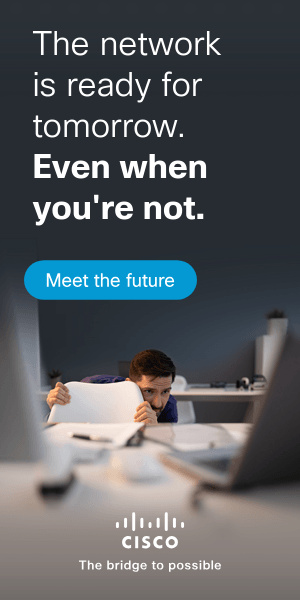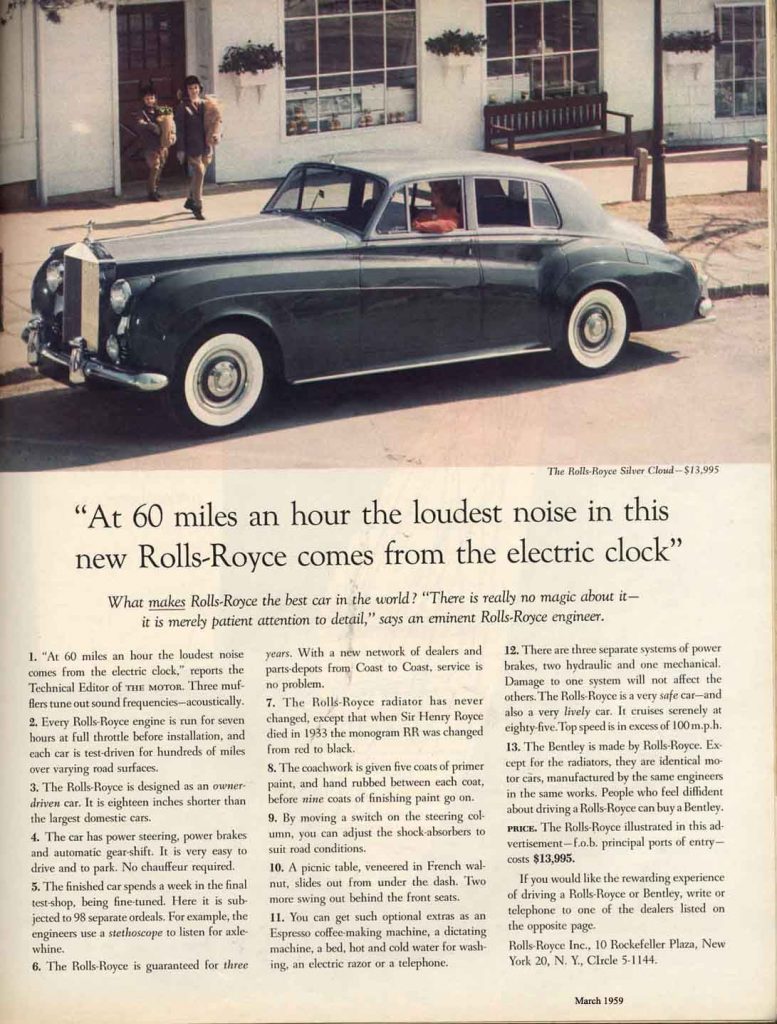Is your brand boring?
Many marketers, especially in B2B, struggle with the perception that their product or service is boring.
That’s not true.
To the right audience, you’re not boring. I have an acquaintance who’s very passionate about airplanes. He knows every commercial plane by silhouette and will happily talk your ear off about it. This bores me to tears. But one of my other friends is also into airplanes, and the two will stand together and talk for hours about the Airbus A380 like it’s the most important thing in existence. I don’t get it. I don’t have to. I’m not the intended audience.
There are no boring products or services, just boring marketing. Market your product well and you’ll turn boring to interesting.
Take the Doyle Dane Bernbach (DDB) agency’s VW Beetle campaign. In 1959, faced with the prospect of selling a slow, ugly, small car created by the country the U.S. had just fought a world war against, DDB created one of the most iconic ad campaigns ever.
The Volkswagen Beetle was seen as a boring car when compared to the gaudy finned road boats of U.S manufacturers. But DDB’s campaign reframed the VW’s attributes as strengths and changed the perception. Instead of ugly, slow and small, it became “just enough” and “economical” — a counterpoint to the excessive consumerism of the American automotive industry.
As industrial designer Raymond Loewy noted, “to sell something surprising, make it familiar. To sell something familiar, make it surprising.” You have to change people’s perception.
Here’s how you can change the perception of your “boring” product or service.
Making the Familiar Surprising
To follow Loewy’s axiom, we need to make the familiar surprising. Here are the three keys you need to implement in all your communications.
1: Focus on Benefits, Not Specifications
Marketers who sell “boring” products or services often try to sell specifications. This is a mistake.
Start with the benefit, not the specs. Don’t say “Our servers promise a 99.9% uptime with over 1000Mbps of bandwidth.” Say “We’re the foundation for your digital home.” THEN get into details. Take this Cisco ad, for example. They zero in on the benefit.
(Side note: does anyone really know what Cisco does? I know they do networking and IT services, but … case in point.)
You do need follow-up details — particularly in B2B, where specifications matter a lot, buyers have more lead time in decision-making and emotion plays less of a role in buying. But if your buyer doesn’t know what benefit you offer within the first sentence or two, you’ve failed. Lead with the benefits, then offer specs.
Don’t know your benefit? It isn’t the thing your customers come to you to do — it’s the reason why they need that thing done. If you sell hammers, the benefit isn’t driving nails. It’s the ability to do quality carpentry work. If you mow lawns, your benefit isn’t cut grass. It’s a well-maintained, aesthetically-pleasing property. Start high and zoom in to reframe your audience’s perspective.
2: Center on Your USP
Now that you’ve articulated your benefit, you need to differentiate from competitors. A benefit may apply to multiple different companies — but your USP is your own.
A USP, or “Unique Selling Proposition,” is simply the thing that makes your product or service different from your competitors. To find your USP, look at your business from multiple perspectives. Analyze your competition. Ask your audience. Dig into the demographics. Know your products and services intimately.
The USP might not be immediately apparent. For example, Rolls Royce is a luxury brand, but they’re not the fast Ferrari or rakish Lamborghini — they’re “boring” compared to many other high-end automotive companies. When the Ogilvy and Mather agency was tasked with creating a campaign for the staid British brand, copywriter David Ogilvy famously dug through the Rolls Royce car specifications for weeks before he came up with the line “At 60 miles per hour, the loudest noise in this new Rolls Royce comes from the electric clock.”
Rolls Royce became synonymous with luxury — the USP was “we do luxury better than anyone else.” Ogilvy’s research paid off. The details aren’t the USP, but they can point you in the right direction.
Here are a few idea starters for what your USP could be:
- A unique product or service. Only if it’s truly unique. For example, an acquaintance of mine invented a new type of fastener for commercial ductwork that only requires ⅔ as much material and manpower per job — “boring,” but important to the right people. That’s a killer USP. It’s also rare.
- Hospitality or service. You can only use this one if it’s significantly better than the competition. Hospitality and service are hard reputations to build.
- Convenience. Accessibility has a quality all of its own. You might not be the best, but if you’re the best someone can get easily, it doesn’t matter.
- Quality. Hard to stake a claim on. In fields with non-differentiated product (think lumber, domain names, pancake mix) it may be a challenge to make quality your USP even if it’s true.
- Personal connections. Connections can be a selling point for smaller businesses in local areas — “we have the top Magic the Gathering players at this hobby store for you to hone your skills against,” or “our law office has been doing this 45 years; we know everybody in every courtroom in the state.”
A good USP changes your audience’s perspective from “this is just one more company that does this thing” to “this is what they can do for me.”
3: Tell Your Brand’s Story
Your USP is your “what.” Your story is your “why.” A story that revolves around serving your audience’s interests will always be interesting to them.
B2C brands like Dove and Charmin use this effectively — think of Dove’s “Real Beauty” campaign, which puts the “why” of Dove (Dove inspires women to want to look like the best version of themselves) in focus:
B2C brands may lean on story more heavily, but B2B brands can use it too. Look at Caterpillar, which uses creative videos like this giant JENGA game to showcase its mission (Building a Better, More Sustainable World).
Brand story puts the benefit and the USP in context. Use it creatively to change your customers’ perception of your brand.
There Are No Boring Brands
Putting your benefits first, having a clear USP and telling your brand’s story allow you to change your audience’s perception of your brand. There are no boring brands, only boring marketing.
So stop telling your audience things they don’t care about and start telling them why they should care about you. Need a hand? We can help. We build strategies for companies like yours all the time. Just drop us a line, anytime.
Best Regards,
David Brandon
Copywriter
Rainmaker Digital Services



